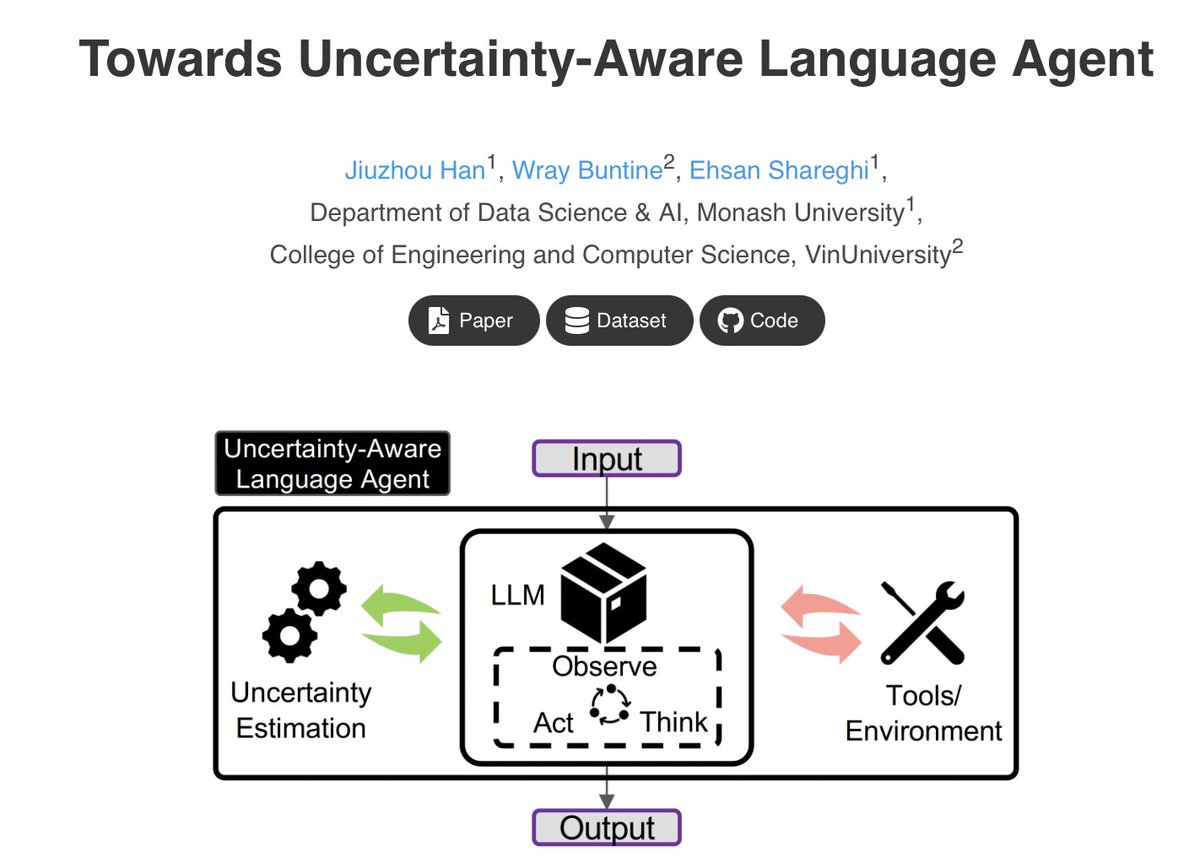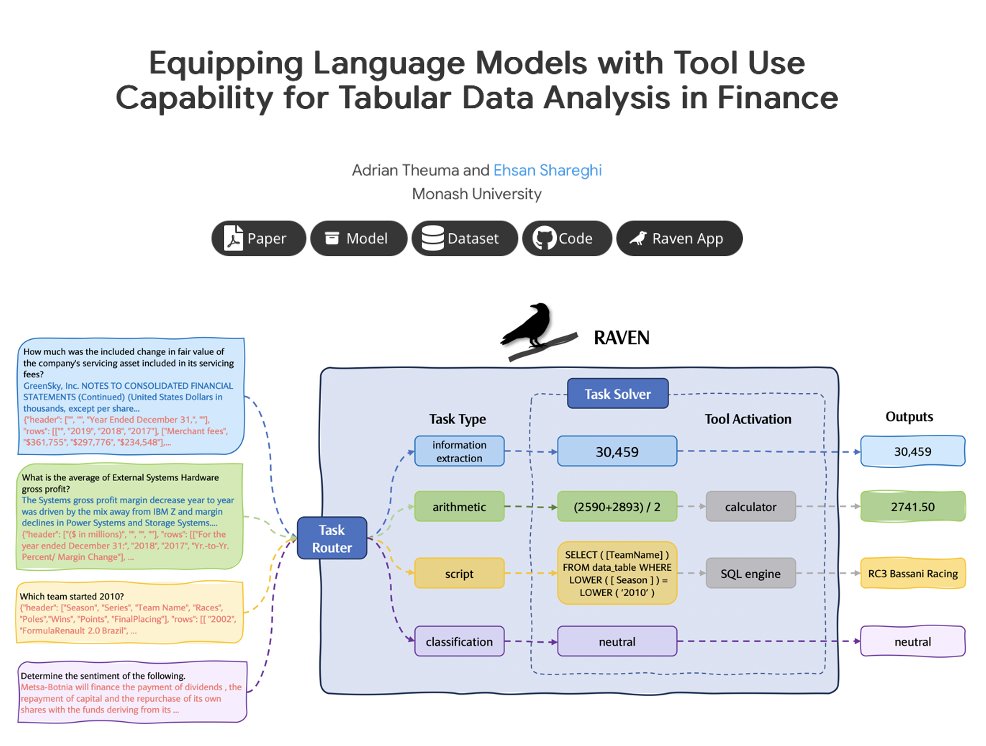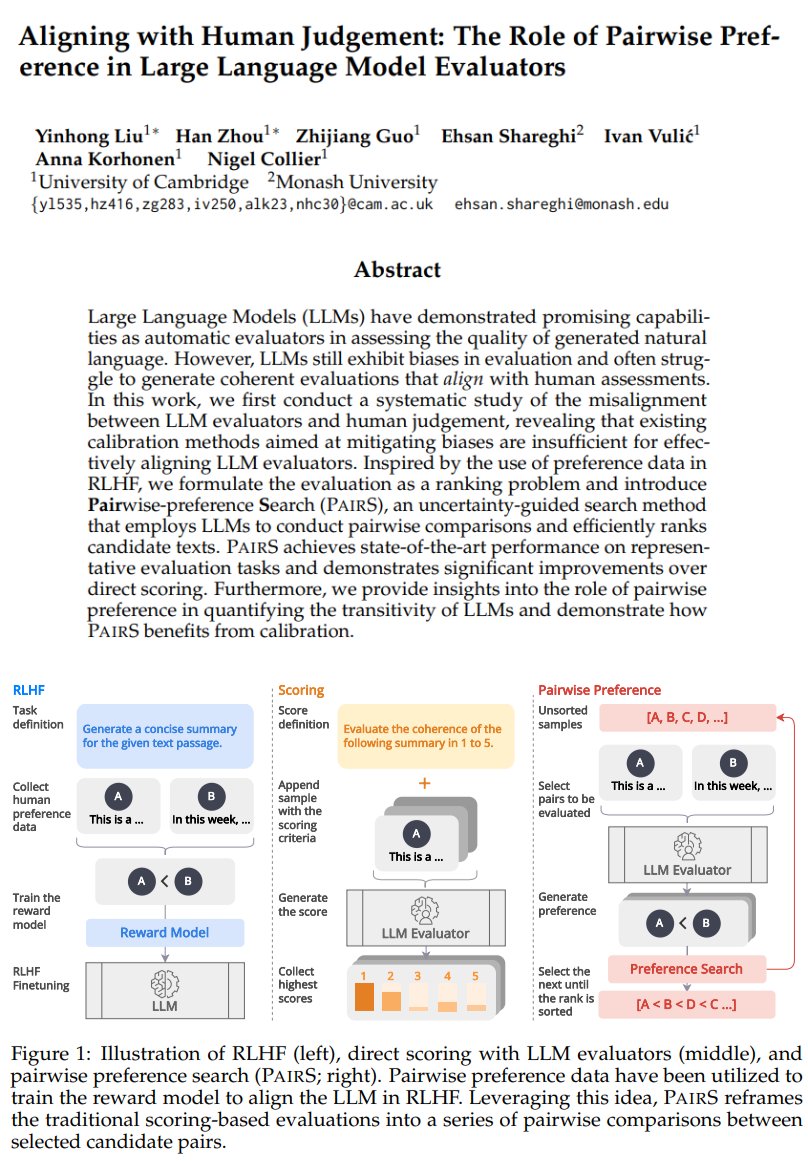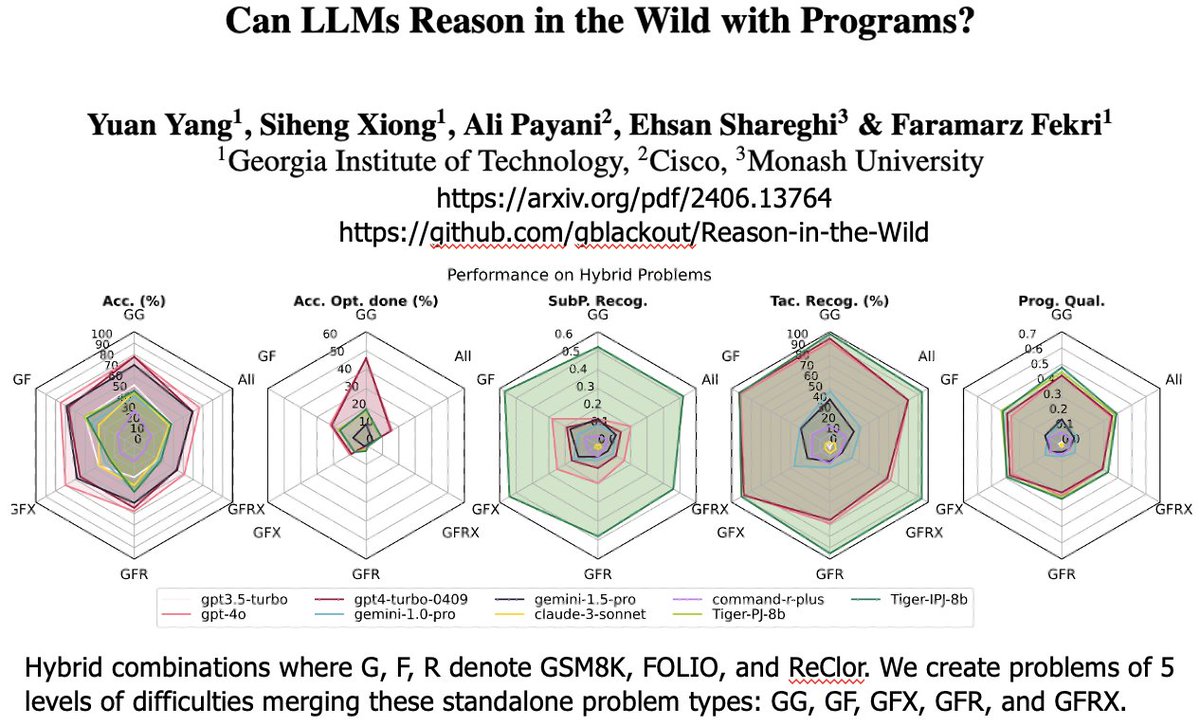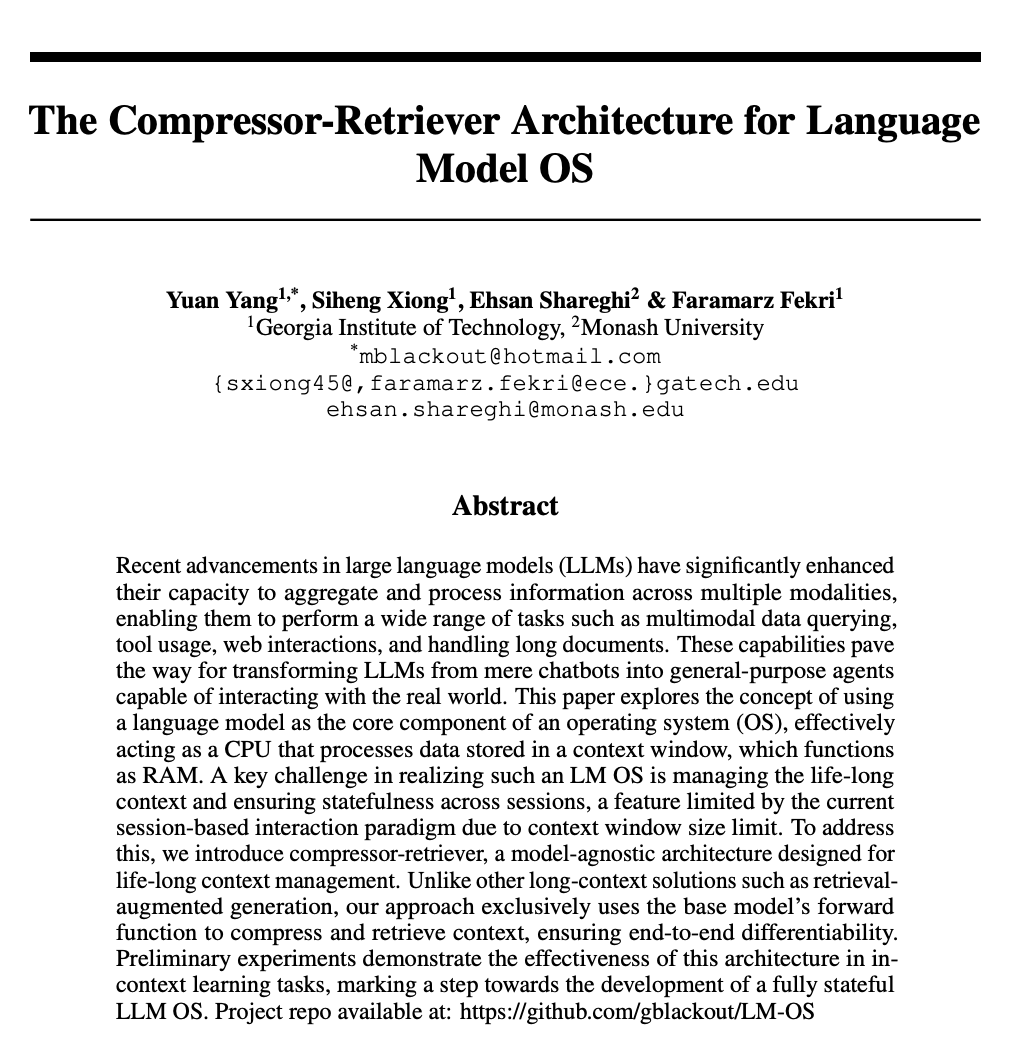
Ehsan Shareghi
@ehsanshareghi
Assistant Prof @ Monash. working on NLProc (mostly LLMs these days). Opinions are my own.
ID: 1365097706704703488
https://eehsan.github.io/ 26-02-2021 00:33:57
96 Tweet
235 Followers
162 Following











congratulations, Ian Goodfellow, for the test-of-time award at NeurIPS Conference ! this award reminds me of how GAN started with this one email ian sent to the Mila - Institut québécois d'IA lab mailing list in May 2014. super insightful and amazing execution!









